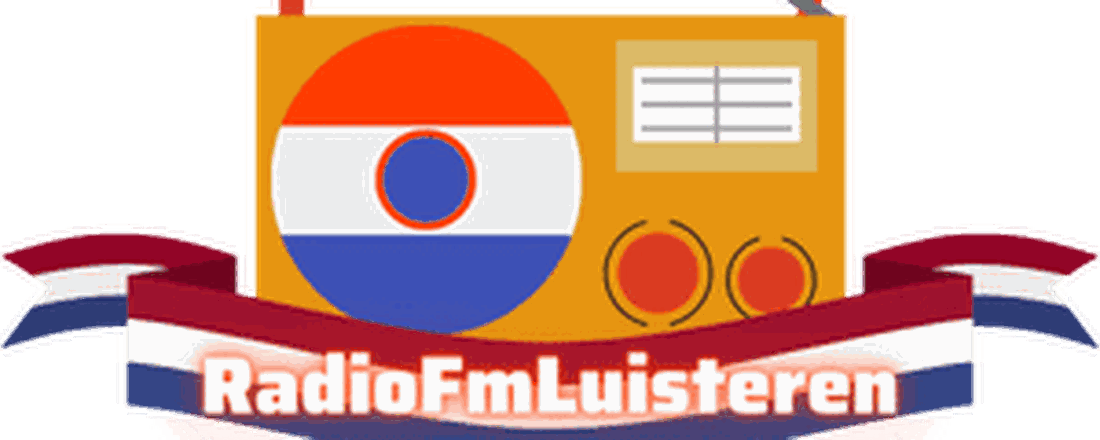What are radio waves? Radio waves are electromagnetic waves with frequencies in the range of 3 kHz to 300 MHz, corresponding to lengths from 100 km to 1 mm.
Radio waves are used in today's environment because they have high applicability in practice. Each type of wave has an ideal environment. The ideal environment for radio waves is completely changeable. Mediums such as air, water, and vacuums have varying speeds of light.
What are the characteristics of radio waves? What are the characteristics of the speed of radio waves: It is well known that radio waves travel at the speed of light in a vacuum. However, when they encounter the atmosphere on Earth, they will usually have a lower speed. The magnetic permeability and dielectric constant of different media affect the speed of radio waves in various ways. A radio wavelength is the distance from any crest to the next crest. The frequency of a radio wave is the number of times it vibrates per second. The shorter the wavelength, the lower the frequency of that radio wave. Accordingly, radio waves with different frequencies will be affected in the atmosphere differently.
How many radio waveforms are there? What is an ultrashort waveform? It is always possible to distinguish between short and long waves. A short wave is usually denoted by (VHF). It has a small wavelength from 1 to 10 metres. Microwaves are a radio wave type that carries a lot of energy. Space communication systems utilise ultra-short radio waves. Additionally, scientists are used to support space research equipment.
Short waves (HF) are radio waves with wavelengths in the range of 10m - 100m. Unlike longer radio waves, short waves are reflected by the ionosphere and the ground many times before they disappear. They are useful for terrestrial communication because of their multiple reflections.
The mid-waveform is a radio waveform used to represent a radio waveform used in electronic equipment systems, audio equipment. The ground curvature of the medium wave is what makes it possible to travel throughout the atmosphere. The ionosphere at night affects medium wave transmissions only slightly. When the conductivity of the ground is high, medium wave signals can travel better in space.
A long waveform is a radio wave with a large wavelength. A radio waveform with a high frequency is called a long wave. It has a large frequency over 1000 metres. A radio waveform especially at a low frequency is called a long wave. 0.1 to 1MHz is the typical frequency. However, it has a long wavelength and is strongly absorbed by objects on the ground. Long waves are used in underwater communication systems because they are not affected by the water medium.
To learn more visit: https://radiofmluisteren.nl/


